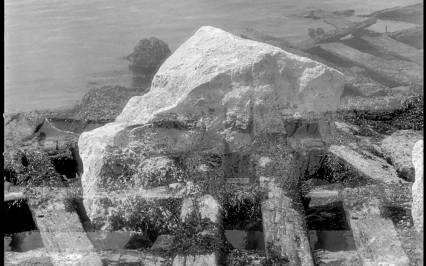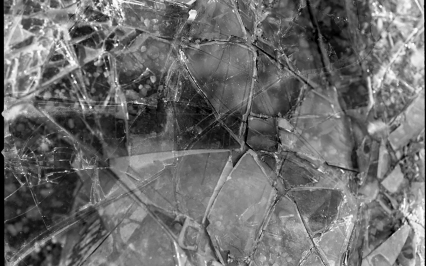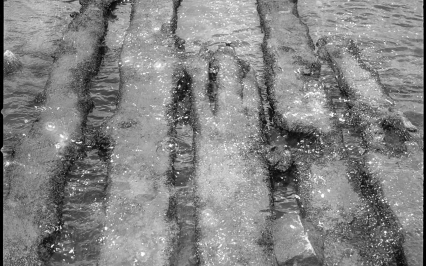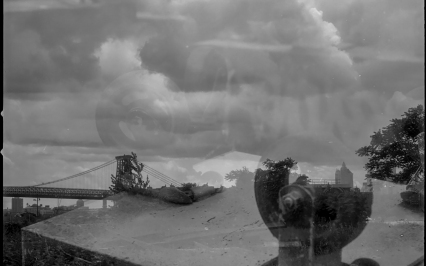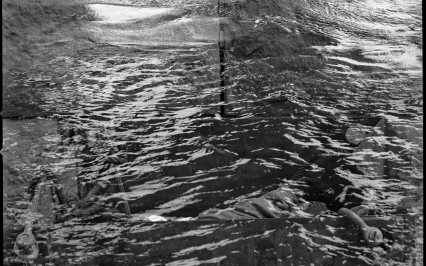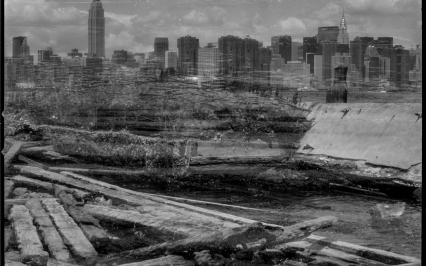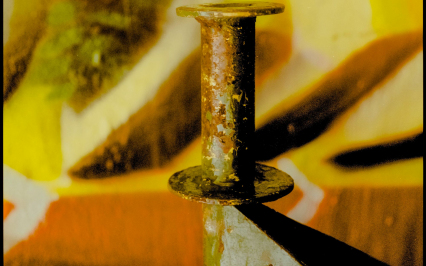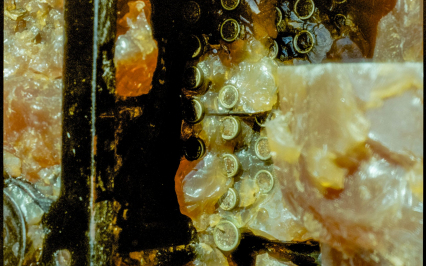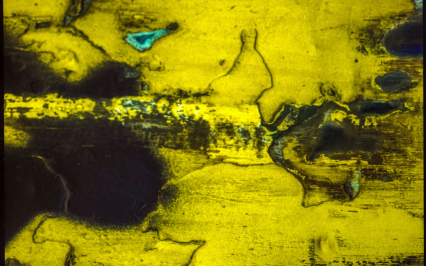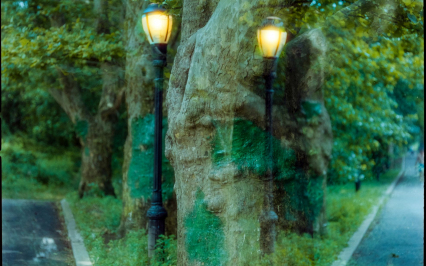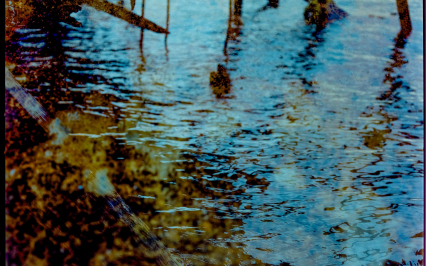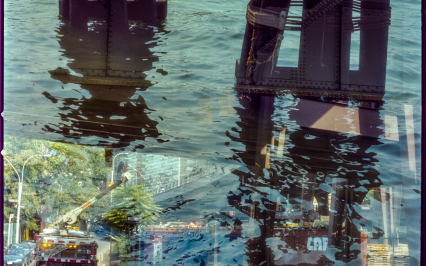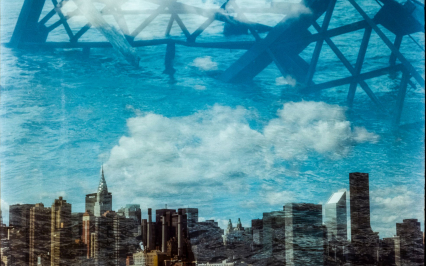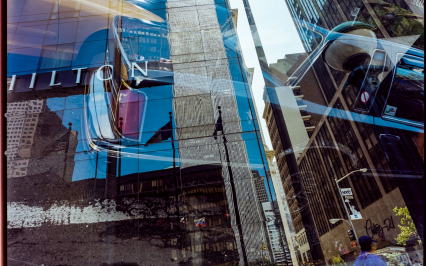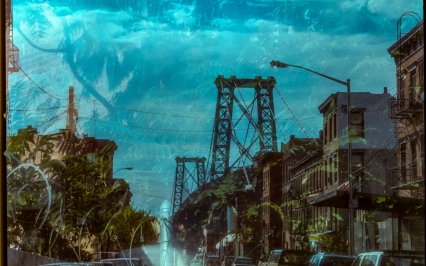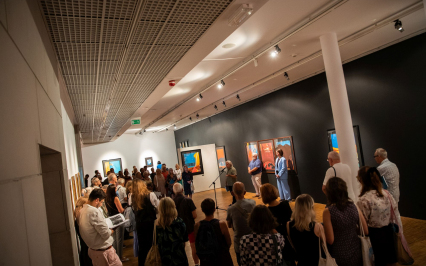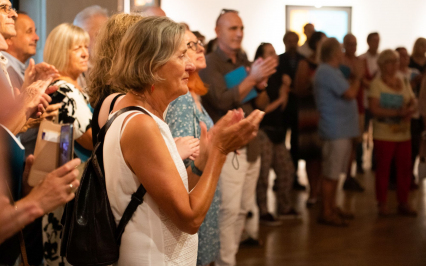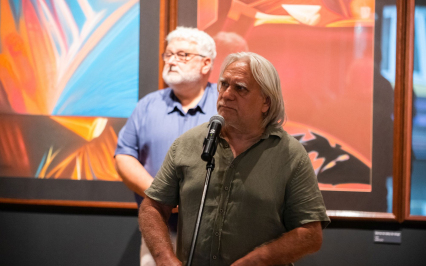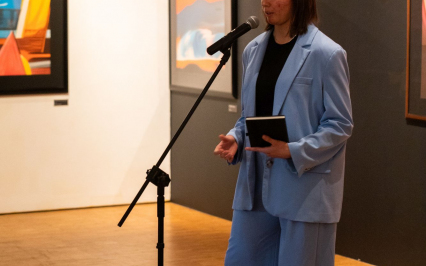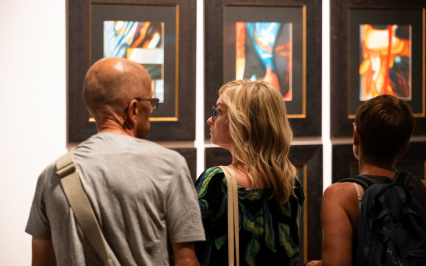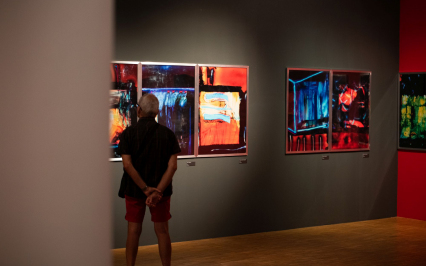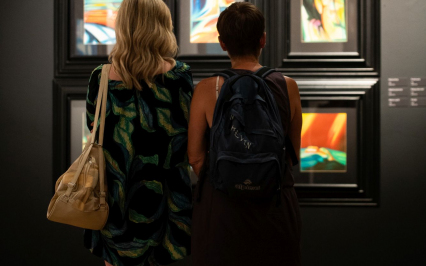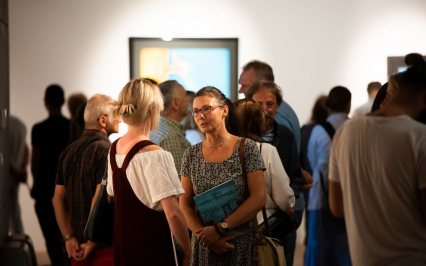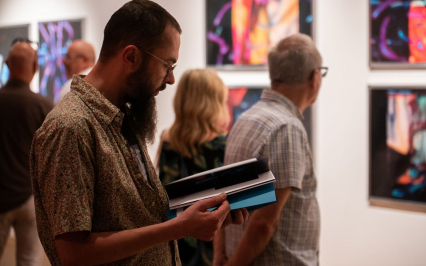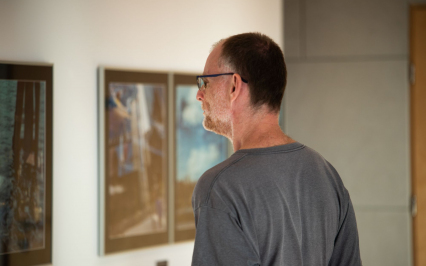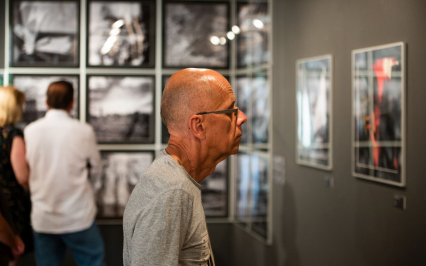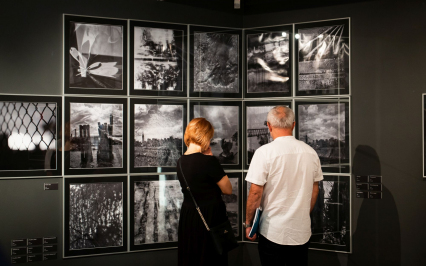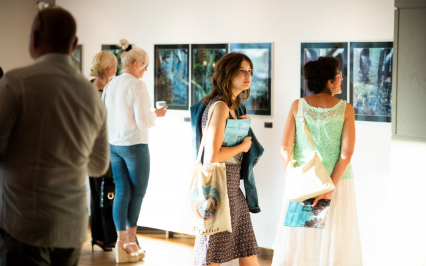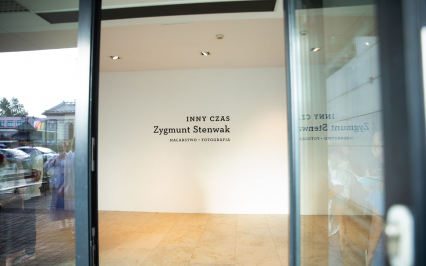Zygmunt Stenwak. ANOTHER TIME. Painting and photography
25 August - 15 October 2023
BWA SOKÓŁ Gallery of Contemporary Art in Nowy Sącz
vernissage:
25 August 2023, hour 18:00
Zygmunt Stenwak runs against the phenomenon of time. This deeply poignant illusion, which beset human beings, in his works takes the subjective shape described by the light and the color.
Beautiful moments of inspiration, when with every step we take we unveil new lands, new structures, new colors, not knowing yet what can be created out of them. It is a perfect period, despite all the anxiety, sleepless nights, experiments, hard work and difficulties in winning one’s own place in art.Looking at our life we think there is eternity before us, and the future seems endless, but time speeds up. In the blink of an eye we realize we are already 50, and then another decade passes rapidly. Life always poses questions and offers new opportunities. The questions concerning the value of human knowledge, the state of our civilization or the meaning of our existence often constitute a way of learning that differs from the rational one...
Zygmunt Stenwak
Zygmunt Stenwak
Zygmunt Stenwak graduated from Academy of Fine Arts in Kraków, where he obtained his diploma from professor Włodzimierz Kunz. At that time his interests included was color lithography made in non-standard, large sizes. The artist’s personal world was shaped simultaneously in the ateliers of such artists as Zbysław Maciejewski and Jan Świderski. From the very beginning, Stenwak was an experimenting artist, interested in various forms of artistic expression, seeking the way that would best yield his sublime visions and that would satisfy his passion for creation.
An important event in Stenwak’s life, one that greatly influenced his art, was his stay in the United States of America, where he went in 1987, only 3 years after finishing his studies. The artist’s American dream lasted nearly seventeen years. Stenwak decided to settle down in New York — the capital of the world contemporary art, a giant melting pot of cultures, ethnic groups, successes and dreams. The painter took freely from the rich cultural offer, frequently visiting both famous museums, art galleries and numerous music clubs which offered interesting concerts. Art and music — these two areas that he was preoccupied with, determined the rhythm of his everyday life and inspired his creativity. Living in the USA, Stenwak was an active artist. He presented the effects of his painting work in a few exhibitions held over the years in various New York art galleries. Those events, as he recalls, were always warmly welcomed and aroused a lot of interest, while being the driving force for his further activities.
An important event in Stenwak’s life, one that greatly influenced his art, was his stay in the United States of America, where he went in 1987, only 3 years after finishing his studies. The artist’s American dream lasted nearly seventeen years. Stenwak decided to settle down in New York — the capital of the world contemporary art, a giant melting pot of cultures, ethnic groups, successes and dreams. The painter took freely from the rich cultural offer, frequently visiting both famous museums, art galleries and numerous music clubs which offered interesting concerts. Art and music — these two areas that he was preoccupied with, determined the rhythm of his everyday life and inspired his creativity. Living in the USA, Stenwak was an active artist. He presented the effects of his painting work in a few exhibitions held over the years in various New York art galleries. Those events, as he recalls, were always warmly welcomed and aroused a lot of interest, while being the driving force for his further activities.
New York offered something more than just an optimum space for making works of art. The stay in the largest American city encouraged the artist to take up a new and essential area of artistic expression, namely photography. What would have caused significant problems back at home, could be done in America with much greater ease and freedom. On one hand — technical possibilities, on the other — involving and tempting American streets and corners — all this accounted for the fact that Stenwak began his adventure with analogue photography — an area he is still actively involved in. At the beginning he focused on the documentary nature of photos, catching with his camera dynamic street pictures in large and macro scale. In time he became an active creator of reality, which was facilitated by his favorite Hasselblad, the camera which he always took with him and which allowed him to compose many interesting cycles, using the double exposure function.
Stenwak’s photographic world underwent a major transformation, moving away from what was found and captured in the photo to compositions that were filtered by his imagination and created by his own rules. Unusual look on what is known, sensitivity to detail, play with texture, shapes, associations, light and movement — all the features of a shrewd observer, from the very outset close to Stenwak’s actions, in time paved the way for his more experimental works. These personal, internal stories that he has been creating for many years, use his original photographic method in which both the process of developing a photo and its final, visual effect seem equally mysterious. His photos are very varied, largely abstract, affecting us with light, texture and color, though some of them are also black and white. Experimental photos focus on what is personal, they are full of tension and vibrations. Ambiguity or even mystery of what we look at forces us to play an individual association game. The inspirations than can be seen in these photos allow us to recognize the creator outstanding artistic awareness, because they stem from his personal transposition and filtration of what is vital in art, following the artist’s esthetic or internal needs. It is this plastic dynamism and search focused on what is internal that best define Stenwak as an artist. His most numerous group of works were performed with dry pastel technique and by and large represents the esthetic and emotional assumptions characterizing the abovementioned cycles of experimental photographs. In both cases Stenwak selects, metaphysical universe, which he builds with color, light and various shapes. He loves contrasting colors — often putting together black, red, navy blue and shades of yellow, which provide his works with accents of light. The titles of his works often have poetic, literary context, arousing the imagination of the viewers. Zygmunt Stenwak is very consistent in his actions — the esthetics and the language he once chose, though subject to certain changes and modifications, seems to have been meeting his artistic requirements over all those years. In this way the artist developed his unique style and way of painting. In 2008, after his return to Poland, he decided to open a private art gallery and a small antiquarian bookshop. However, he never resigned from creating. As a music lover, bibliophile and collector, he continues to make his artistic passions come true, observing changes taking place in his life and trying to capture what is elusive and yet most valuable.
Justyna Stasiek-Harabin, text published in the catalogue of the exhibition ANOTHER TIME
Justyna Stasiek-Harabin, text published in the catalogue of the exhibition ANOTHER TIME





